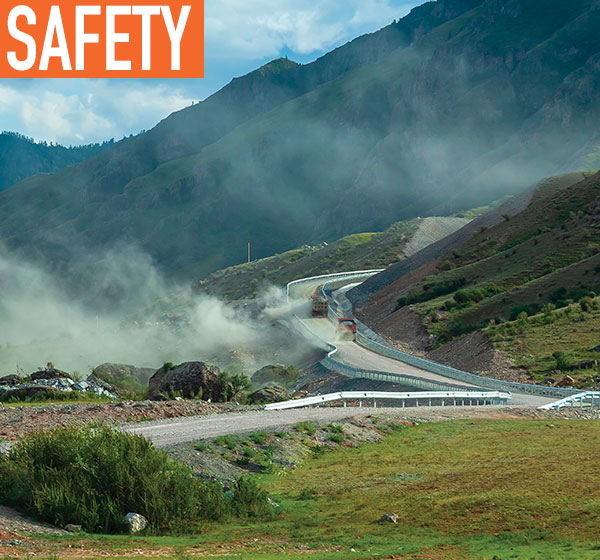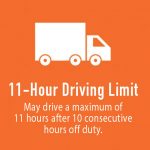Fifteen years ago, a young woman was seriously injured by road debris on Interstate 405 in Washington. Soon after her mother, Robin Abel, dedicated her life to raising awareness of the injuries and deaths caused by unsecured loads and road debris. Her efforts and dedication led to tougher laws, higher fines, and the recognition of June 6 as “Secure Your Load” day—an easy reminder for anyone transporting cargo on the road to not only protect their assets but other people on the road as well.
According to a 2016 report from AAA, road debris was a factor in more than 200,000 police-reported crashes, resulting in roughly 39,000 injuries and 500 deaths. About two-thirds of these crashes were the result of items falling from a vehicle due to improper maintenance and unsecured loads. As a driver, the simple and quick act of ensuring your load is secure—whether you’re driving a flatbed truck, SUV, or hauling a tow trailer—can be the deciding factor in whether someone is seriously or fatally injured on the road.
After 25 years with the Washington State Patrol, I’ve witnessed firsthand the consequences of careless behavior, but fortunately there are ways for truck drivers, operators, and even civilians to ensure they don’t cause another tragic accident due to an unsecured load. Below are three ways drivers of all sorts can prevent an injury or fatality due to debris.
KNOW THE LAWS
Make sure you use the right securing methods for the type of vehicle you’re driving and the cargo size and weight you’re moving. It doesn’t matter how short the trip, all states have laws that make you responsibile for any items that fall from your vehicle. In my home state of Washington, fines start at $228 for an unsecured load; if that item causes bodily harm, drivers face gross misdemeanor charges, thousands of dollars in fines, and prison time. Take 10 minutes before you get into your vehicle to look up your state’s specific rules and laws.
VEHICLE INSPECTION
Before you start your trip, do a physical walkaround of your vehicle and cargo. For regular drivers, this can be simple. Don’t be afraid to tug or pull on ropes to ensure everything is tightly secured and even drive a few feet in a safe area to identify potential loose areas. This process is more complicated for professional drivers since they are required to comply with numerous state and federal laws. Technology that enables electronic inspections and verification can help make this process easier, ensure compliance across state lines, and help alleviate the burden of responsibility. Truck drivers and operators are also required to keep a strict record of these inspections, so moving from paper-based inspections to digital and automatic logs can help decrease unnecessary downtime and protect cargo from damage.

REPORT IT
Drivers often have a sixth sense when it comes to spotting potentially dangerous conditions. One small issue can start a domino effect that could lead to serious accidents—for example, even a strong gust of wind can loosen cargo from a vehicle if it isn’t secure. If you see something dangerous on the road and you or a passenger are in a position to make a call or complete a form on your mobile, do so. You can find contact information for specific regions and reporting issues or even fill-in submission forms on your state’s Department of Transportation page. For urgent or emergency matters, you should consider calling 911. Identifying potentially dangerous conditions could potentially save the life of more than one person that could be affected by debris.
While Secure Your Load day has come and gone, drivers should be conscious of load securement year-round to not only keep themselves and their passengers safe, but other people on the road. Just taking a few minutes to research, inspect, and report problems can decrease the number of accidents and injuries from such a preventable cause.
ABOUT THE AUTHOR
Fred Fakkema is the vice president of compliance at Zonar. In this current role as vice president of compliance, he leads Zonar’s product development to meet the needs of customers today and tomorrow. Over the last two years, Fred has been deeply involved in the ELD mandate from policy level down to the compliance level for Zonar’s solution. Find out more, visit www.zonarsystems.com.
MODERN WORKTRUCK SOLUTIONS:
OCTOBER 2019 ISSUE
Did you enjoy this article?
Subscribe to the FREE Digital Edition of Modern WorkTruck Solutions magazine.





